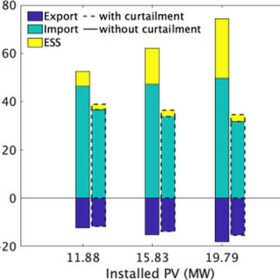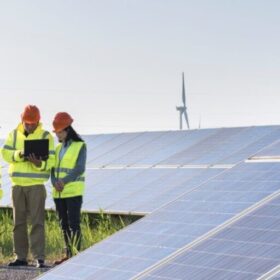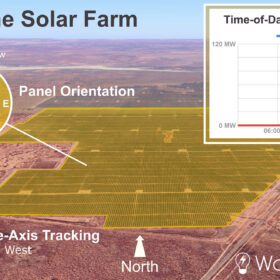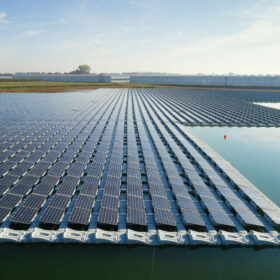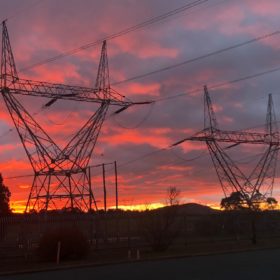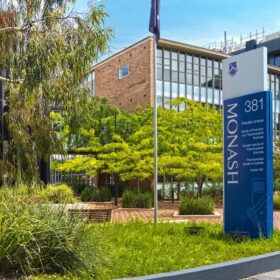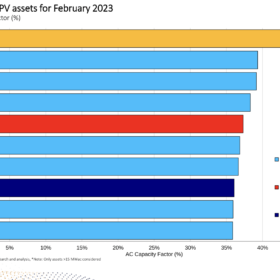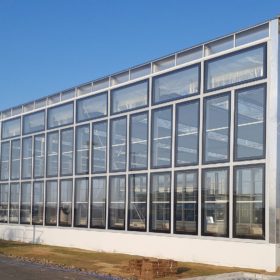Viability of ‘direct’ green hydrogen fuel production evaluated by US researchers
Rather than using solar or wind to power electrolysis, researchers are testing the competitiveness of photoelectrochemical cells to produce emissions-free hydrogen fuels.
Solar curtailment vs. storage
Swiss researchers have looked at whether storage could be cheaper than curtailment in medium-voltage distribution networks with significant amounts of PV capacity. They considered storage costs, operational costs, grid constraints, electricity costs, PV generation models, and loads.
New global solar capacity additions hit 191 GW in 2022, says IRENA
Global renewable capacity increased by 295 GW last year, bringing the world to a cumulative installed capacity of 3,372 GW, according to the International Renewable Energy Agency (IRENA).
Why capacity factor is an increasingly simplistic way to compare solar farm performance
Capacity factor is often discussed when evaluating and comparing the efficiency and performance of solar farms. However, looking just at this metric can be misleading as it ignores many underlying technical and commercial factors, as solar farm specifications almost never align for a simple apples-to-apples comparison.
Global study highlights potential of floating solar
An international group of researchers has calculated the potential for floating solar across the world. The results show a generation potential of 9,434 TWh per year across 114,555 global reservoirs, with 30% of their area covered. The United States leads with 1,911 TWh per year of potential, with Australia coming in 8th, with 210 TWh per year.
The politics of an unsettled energy transition
University of Sydney researchers Sophie Webber and Gareth Bryant highlight the key challenges of land, labour and finance in achieving a renewable energy transition in Australia.
Australian scientists discover enzyme that turns air into energy
A team of Australian researchers have discovered a “natural battery” that converts air into energy and has “considerable” potential to support the future development of small, sustainable air-powered devices.
Utility-scale solar powered February, NSW crowned top renewable generator
Australia’s utility-scale solar sector had its third highest month on record in February, generating 1,463 GWh. New South Wales was the country’s top generator, showing the state’s colossal coal turnaround is well underway.
Agrivoltaics can provide food, energy for growing world population
Cornell University researchers have discovered that soybeans planted beneath 3.9-meter-high solar modules can positively affect panel temperatures and the microclimates of farms.
ClearVue secures chance to test solar window tech in Hong Kong
Western Australian solar window company ClearVue Technologies has won a tender to complete a study of its electricity generating glazing technology, which will be installed at a Hong Kong government department’s headquarters as part of a fully-funded field trial.

